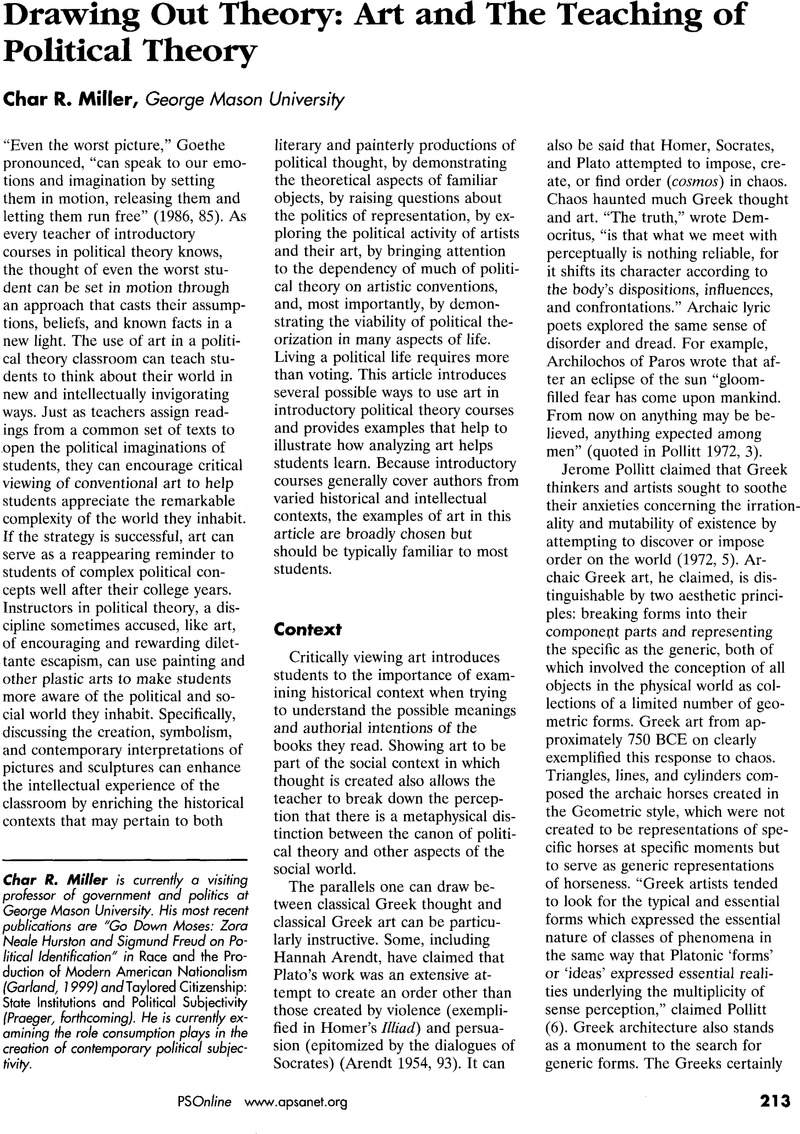Crossref Citations
This article has been cited by the following publications. This list is generated based on data provided by Crossref.
Moore, Matthew J.
2011.
How (and What) Political Theorists Teach: Results of a National Survey.
Journal of Political Science Education,
Vol. 7,
Issue. 1,
p.
95.



